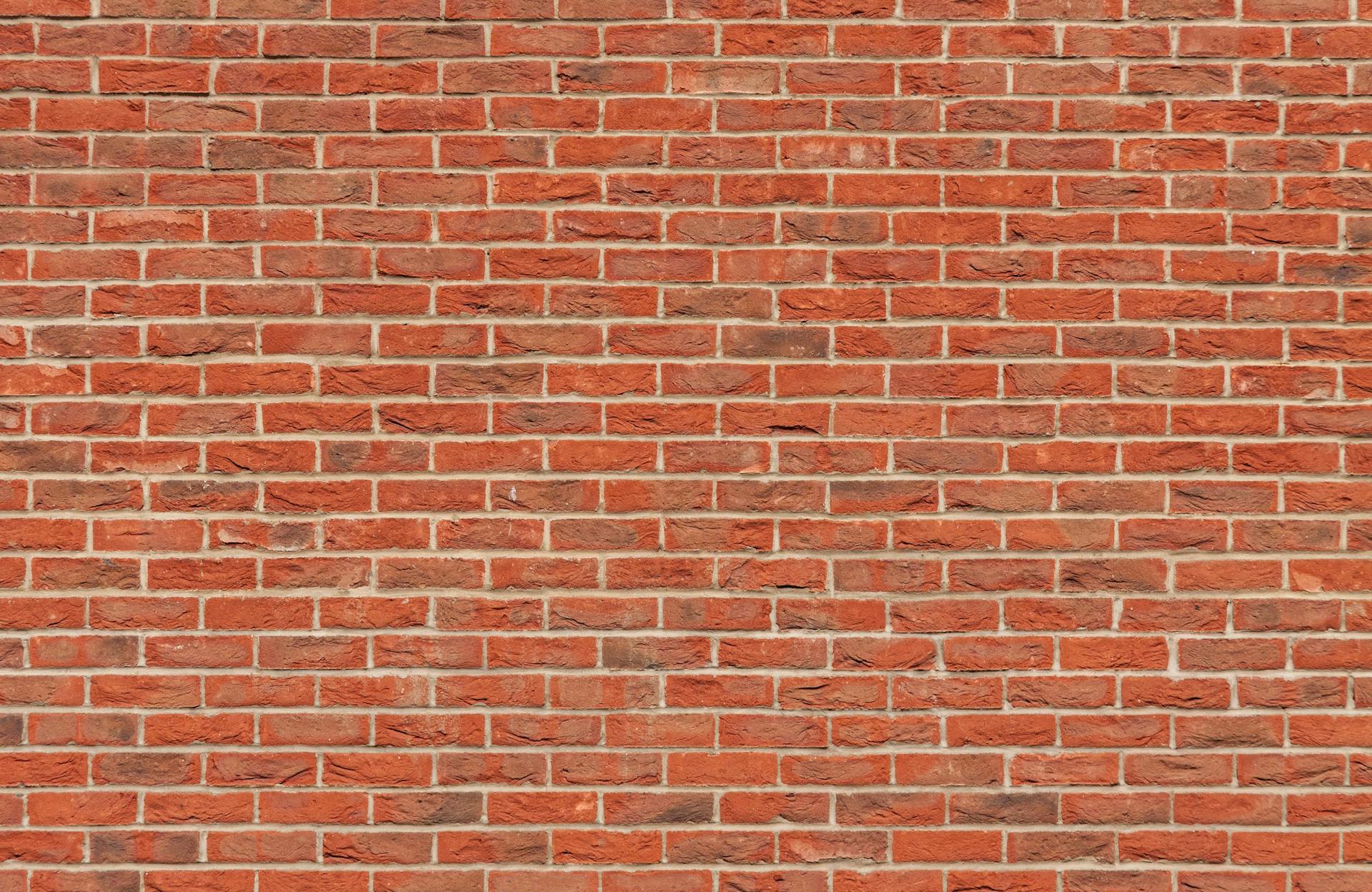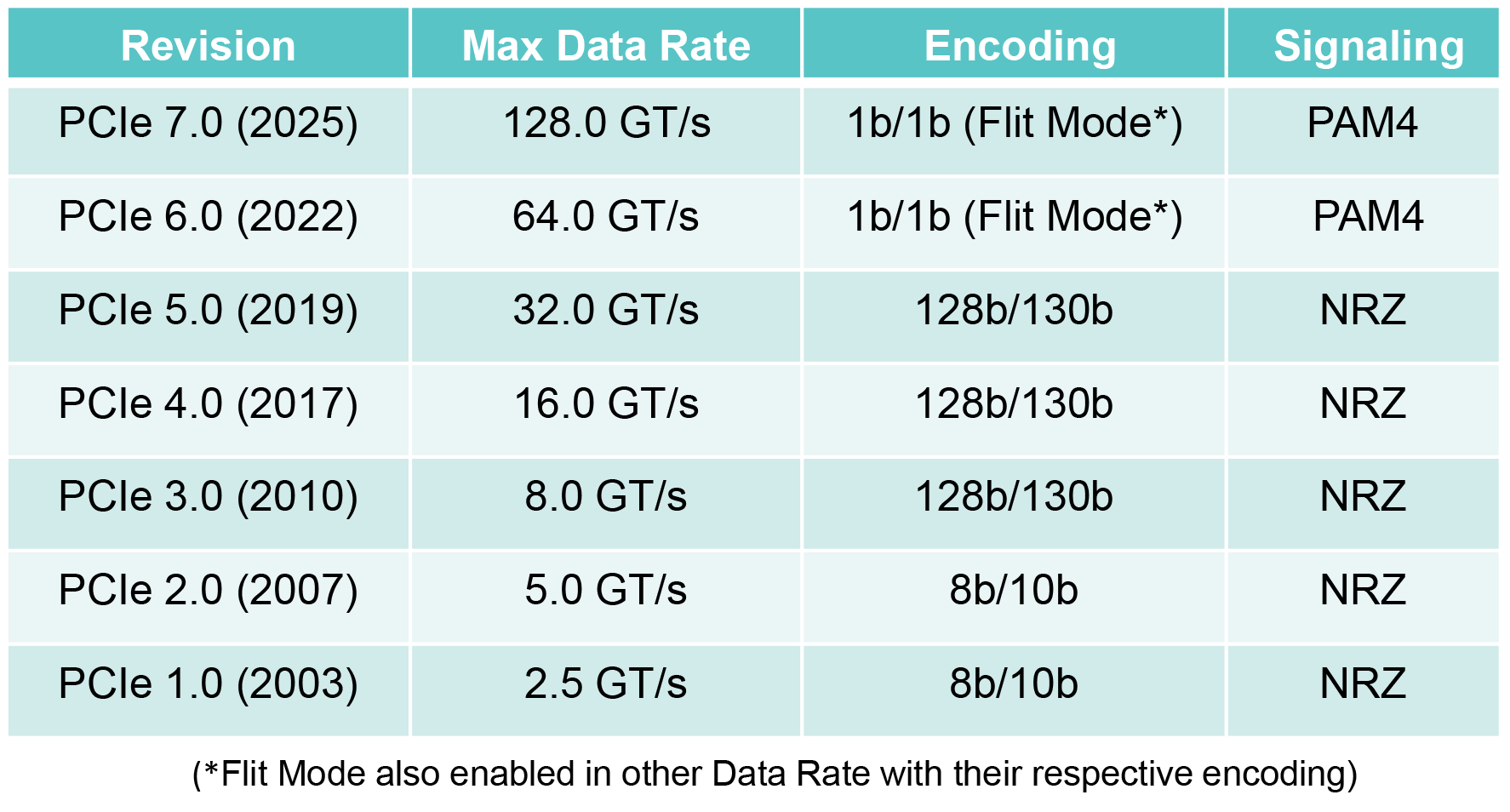PCIe 6.0 and 7.0 standards hit a roadblock — compliance slowdown could lead to broader delays
Adoption of new technologies could face some delays

Earlier this week PCI-SIG, the organization responsible for development of PCI Express specifications, held its Developers Conference 2024, where it provided updates on the progress of PCIe 6.0 and PCIe 7.0, noting that while advancements are being made, they are slower than initially expected. As a result, adoption of new technologies could face some delays, reports ComputerBase.
In particular, PCI-SIG is delaying the start of its Compliance Program. Preliminary conformity tests for PCIe 6.0 were set to start back in March, but they are now delayed to the 'second quarter,' which theoretically means that they are about to start. A three months delay does not seem like a big issue as the first PCIe 6.0 platforms are coming to market only later this year. But the problem is that Integrators List of compliant products will only be available in 2025. PCIe 6.0 platforms will have to rely on PCIe 5.0 hardware, or use PCIe 6.0 parts without formal compliance guaranteed by PCI-SIG.
It gets worse with PCIe 7.0 as the timeline for PCIe 7.0 Compliance Program has also shifted, with conformity tests postponed to 2028 instead of the previously announced 2027. Development of PCIe 7.0 has reached draft 0.5, with the final version 1.0 anticipated in 2025. This version aims to deliver a data transfer rate of 16 GB/s per lane, with a maximum configuration offering 256 GB/s. Dual-simplex operation could achieve rates up to 512 GB/s, doubling the 256 GB/s of PCIe 6.0. However, without ability to ensure compatibility between hosts and devices until 2028, PCIe 7.0 will not really take off until later this decade.

In August 2023, PCI-SIG launched a workgroup to solicit industry input on developing optical interconnects for PCIe. This Optical Workgroup is designed to be technology-agnostic, accommodating a variety of optical technologies while potentially creating specific form factors for PCIe solutions. These form factors could include pluggable optical transceivers, on-board optics, co-packaged optics, and optical I/O.
At the Developers Conference PCI-SIG provided an update on its optical initiatives. The group is currently working on updating the logical and electrical layers of the PCIe 6.0 specification to integrate new optical standards. A significant update, known as the Engineering Change Request (ECN), is expected to be completed by December 2024, enhancing the existing electrical standards without replacing them. Additionally, the workgroup has begun efforts on the optical PCIe standardization for the PCIe 7.0 specification and its release target is set for 2025.
Get Tom's Hardware's best news and in-depth reviews, straight to your inbox.

Anton Shilov is a contributing writer at Tom’s Hardware. Over the past couple of decades, he has covered everything from CPUs and GPUs to supercomputers and from modern process technologies and latest fab tools to high-tech industry trends.
-
boju Pcie 5 is barely a thing, no graphics cards yet. I think we got time for them to sort it out.Reply -
thisisaname Reply
With a delay to 6 and 7, version 5 will have a chance to become more main stream before the upgrade cycle comes along. Maybe a better option would be to skip what would be 6 and release version 7 as 6. A longer cycle but bigger upgrades :)boju said:Pcie 5 is barely a thing, no graphics cards yet. I think we got time for them to sort it out. -
G.A.D ReplyAdmin said:PCI-SIG delays conformity tests for PCIe 6.0 and PCIe 7.0, which could slowdown adoption of these technologies.
PCIe 6.0 and 7.0 standards hit a roadblock — compliance slowdown could lead to broader delays : Read more
Past PCIe 5 isn’t really for consumers. Graphic cards can’t really saturate the PCIe 5 interface with a few lanes and for some bizarre reason they continued with the 16 lane allocation which is now pointless. Data centres that require 100Gb or faster networking is where this is important.boju said:Pcie 5 is barely a thing, no graphics cards yet. I think we got time for them to sort it out. -
Eximo And yet here we are using more than 10MB of hard drive space and 640KB of memory.Reply
Who knows how much bandwidth the average GPU will need in the future. How else are we going to run those personal holodecks? -
usertests Reply
I think PCIe 6 might not be much harder to implement than PCIe 5, with similar trace lengths and signal integrity, so it will probably come to consumers within a few years. Benefiting SSDs more than anything else since those are already close to maxing PCIe 5 (not that it could be sustained for very long or anybody actually needs it).G.A.D said:Past PCIe 5 isn’t really for consumers. Graphic cards can’t really saturate the PCIe 5 interface with a few lanes and for some bizarre reason they continued with the 16 lane allocation which is now pointless. Data centres that require 100Gb or faster networking is where this is important.
PCIe 7 is more questionable. -
Notton Why not use Gen6/7 as the interconnect between CPU and mobo chipset?Reply
from there it can break out into Gen4/5 for more SSDs, or 80Gb/s USB-C -
DougMcC Reply
We are far, far from having enough bandwidth to persistent storage. Desktop storage is currently 2 orders of magnitude behind being 'fast enough' for things people currently want to do, and can't keep up with TB5. PCIe 6 will catch up with TB5 just in time for TB6. So I absolutely guarantee lots of consumers are gonna want PCIe 7 and 8 to move their 8k/120 uncompressed video around.usertests said:I think PCIe 6 might not be much harder to implement than PCIe 5, with similar trace lengths and signal integrity, so it will probably come to consumers within a few years. Benefiting SSDs more than anything else since those are already close to maxing PCIe 5 (not that it could be sustained for very long or anybody actually needs it).
PCIe 7 is more questionable. -
mac_angel It sounds like they need to come up with a universal optical interface to be able to handle beyond the boards capabilities. It's going to go that way sooner or later, it's best to come up with it sooner.Reply
As for people thinking that GPUs don't need that bandwidth, it's not just GPUs that use PCIe; nor is the industry catering to consumers with these standards. The hot ones right now are storage, and inter-communication (Industry level ethernet, NVidia's "SLI" (yes, it's still being used, in a different capacity), etc) -
jackt good. this thing of the pcie X was out of control!Reply
Active cooling for the ssd is madness...